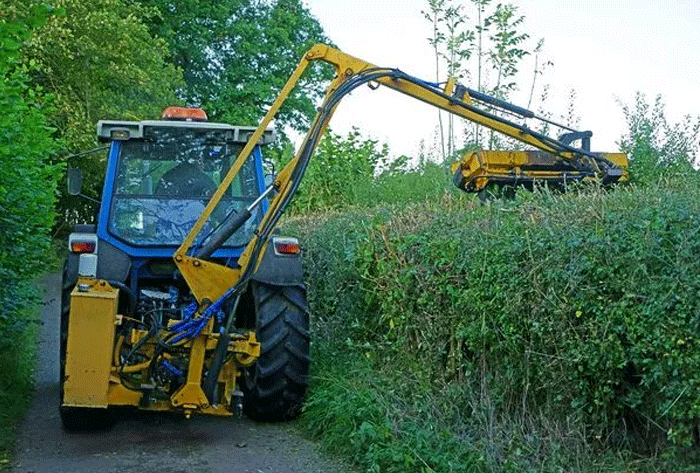Hedge cutting rules reinstated by the government

On the 1st March 2024 the UK Government announced new hedgerow rules which mean that farmers cannot cut hedges between 1st of March and 31st of August, and also must leave a 2m buffer around hedges. This comes following a public consultation and will help to protect all sorts of wildlife, but particularly nesting birds.
Barnaby Coupe, Land Use Policy Manager at The Wildlife Trusts, says: "With the risk of a regulatory black hole facing our hedgerows this year following the removal of basic protections in January, The Wildlife Trusts welcome today's commitment from Defra that the rules which protect hedgerows will be reinstated. These rules, which ensure no hedge cutting between March and August and buffer strips either side of the hedge, will provide wildlife with a level of protection from potentially damaging farming activities.
"However, it is disappointing that Government has not seized this opportunity to go further. Enhancing the buffer zone to 4m either side of the hedge to better support the development of hedgerow trees, and extending the no-cutting period into the autumn to protect late-nesting birds and hazel dormice which have been recorded nesting in September and October, are just some examples of where the Government could have improved protections.
“Over 80% of farmer responses to Defra's hedgerow consultation were supportive of protections for hedgerows, demonstrating that farmers recognise how important these habitats are not just for nature, but for sustainable farm businesses as well. Thriving hedgerows provide a natural pest management service for farmers, hosting a huge range of beneficial insects which feed on aphids and other invertebrates which can damage crops. The protections announced today really are the very minimal standards to prevent further decline in hedgerows.
"It is also critical that these protections are extended to cover all hedgerows rather than just those on farmland - it is estimated that 30% of hedgerows in the UK are located outside of farmland, where these essential habitats provide connectivity for nature to move through the landscape. For this habitat network to thrive and function effectively, there must be equal protection for all hedgerows."
12 March 2024
Share this story




